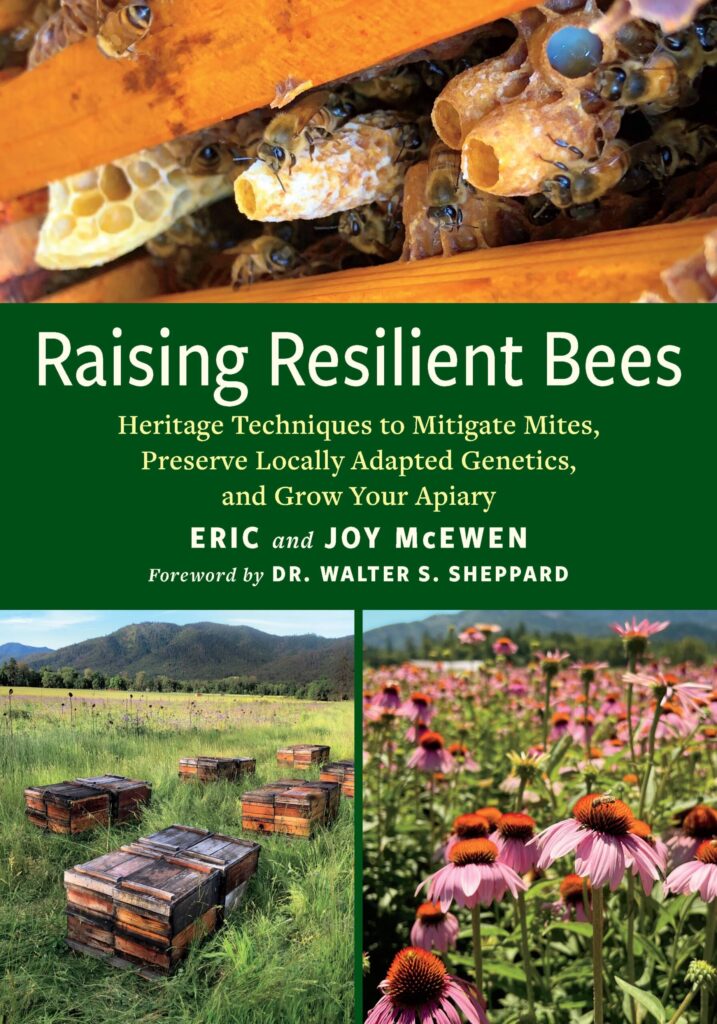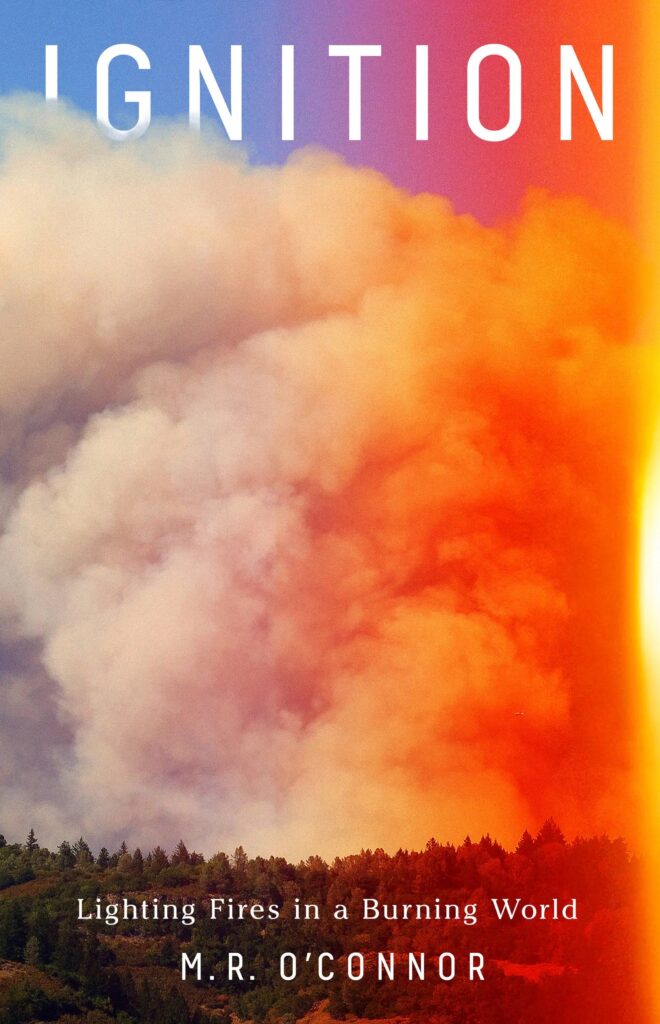Looking for a book to read this summer? Here’s a look back at some of our favorite books reviewed in The Maine Organic Farmer & Gardener in 2024. MOFGA’s summer reading list includes books specifically for eaters, gardeners, and growers. From planting for pollinators to gardening with the moon and zodiac, to diving into the history of SNAP or prescribed fire in the United States, our short list offers something for everyone.
For the full reviews, as well as other books we’ve enjoyed, click here.

“A Northern Gardener’s Guide to Native Plants and Pollinators” by Lorraine Johnson and Sheila Colla, illustrated by Ann Sanderson, Island Press, 2023
Planting flowers may not sound like a “save the world” activity, but authors Lorraine Johnson and Sheila Colla show how the simple act of creating pollinator patches can increase local biodiversity, restore habitat and help reverse the effects of climate change. All you need are a few seeds, some soil, water, sunlight and a place to grow. They encourage thinking beyond the garden by planting pollinator patches in a community garden or local park, or in containers on a balcony.
– Sue Smith-Heavenrich

“Planting for Climate Resilience in Northeast Landscapes: A Wild Seed Project Guide” by Wild Seed Project, 2024
In this guide, plant communities are described with lyrical understanding. Individual plant profiles are embedded with information about the multi-faceted relationships that these species enjoy. Both close-up and landscape photographs are saturated with color that could coax a butterfly. With this guide, the Wild Seed Project makes the case that “a more vibrant and habitable world is possible.” We will cherish this publication’s demonstration of the beauty that this awaiting world offers.
– Meg Mitchell

“Raising Resilient Bees: Heritage Techniques to Mitigate Mites, Preserve Locally Adapted Genetics, and Grow Your Apiary” by Eric and Joy McEwen, Chelsea Green Publishing, 2023
The authors’ passion for the well-being of bees and the environment shines through in every chapter. The two go beyond the scope of mite mitigation and genetic preservation, delving into the broader context of responsible beekeeping. The book advocates for holistic apiary management, including considerations on forage diversity and habitat preservation. By doing so, the authors highlight the interconnectedness of bees with their environment and the pivotal role beekeepers play in maintaining this delicate balance.
– Caitlyn Barker

“Ignition: Lighting Fires in a Burning World” by M.R. O’Connor, Bold Type Books, 2023
At its core, “Ignition: Lighting Fires in a Burning World” is a book about right relationship with land. In an age of megafires that burn so big and hot that they are prone to creating their own weather systems, M.R. O’Connor explores the use of prescribed fire. Sparked by her exposure to a burn-blackened forest on a trip to Australia, “Ignition” follows her curiosity across time and space, taking readers along for an illuminating ride.
– Holli Cederholm

“Why Snap Works: A Political History—and Defense—of the Food Stamp Program” by Christopher Bosso, University of California Press, 2023
In “Why SNAP Works,” Christopher Bosso outlines the almost century-long history of the SNAP program, including its agricultural roots, and makes a case for its continued importance. Originally known as the Food Stamp Plan, the program’s inception was not a direct response to hunger but a reaction to agricultural surplus. In the 1930s, decreased food spending due to the Great Depression and continued technological advances created a pork surplus, leading the government to create a “slaughter and disposal campaign.” The optics of this were a problem for the USDA: newspaper articles wrote about piles of dead pigs while many families went without meat on their table. The response was our country’s first food stamp program.
– Clare Boland

“The Celestial Garden: Growing Herbs, Vegetables, and Flowers in Sync with the Moon and Zodiac” by Jane Hawley Stevens, Chelsea Green Publishing, 2023
Rich with personal insights and favorite seasonal recipes, this small volume is a quick but informative read that can be referenced time and time again. Inspiring quotes by herbalists and philosophers are peppered throughout, along with photos and diagrams. One of the most unique aspects of the book is its astrological profiles, which invite readers to reflect on their own astrological sun sign. Stevens then offers medicinal herbs that would support one based on this sign as well as suggestions for their “best gardening activities.”
– Denise DeSpirito

“Asian Vegetables: Cooking, Gardening, Storytelling” by The Wang Sisters, House of Anansi Press, 2023
The book is arranged by season and includes helpful charts and information interspersed with personal essays and stories. Each of the 15 different Asian vegetables includes a description of growing practices and a few recipes to try once you harvest your bounty (or purchase it from your local farm — the recipes and stories make the book a lovely resource for those enjoying the food as well as those growing it). The vegetables featured grow in northern climates and will do well for many growers in Maine. The growing information includes handy planting charts, a crop rotation plan and more.
– Anna Libby

“A Maine Garden Almanac: Seasonal Wisdom for Making the Most of Your Garden Space” by Martha Fenn King, Down East Books, 2023
Organized by season, it starts with the spring, and winds through a plethora of topics: from beekeeping, to foraging greens, to starting cold-weather crops in a cold frame to get a jump on the season. King adds tips and bits of whimsy along the way. Her years of gardening observation and experiments are translated to anecdotes and advice related to vegetables, herbs and flowers that can be appreciated by both beginning and more seasoned gardeners. While her essays meander from topic to topic, they are usually crop-specific, imparting growing information as well as culinary and medicinal uses. Often, she sprinkles in her own garden wisdom, such as suggesting adding asparagus fronds to floral arrangements or using the straight tougher flower stalks of garlic (called scapes) as skewers for grilling shrimp, scallops and vegetables.
– Holli Cederholm
